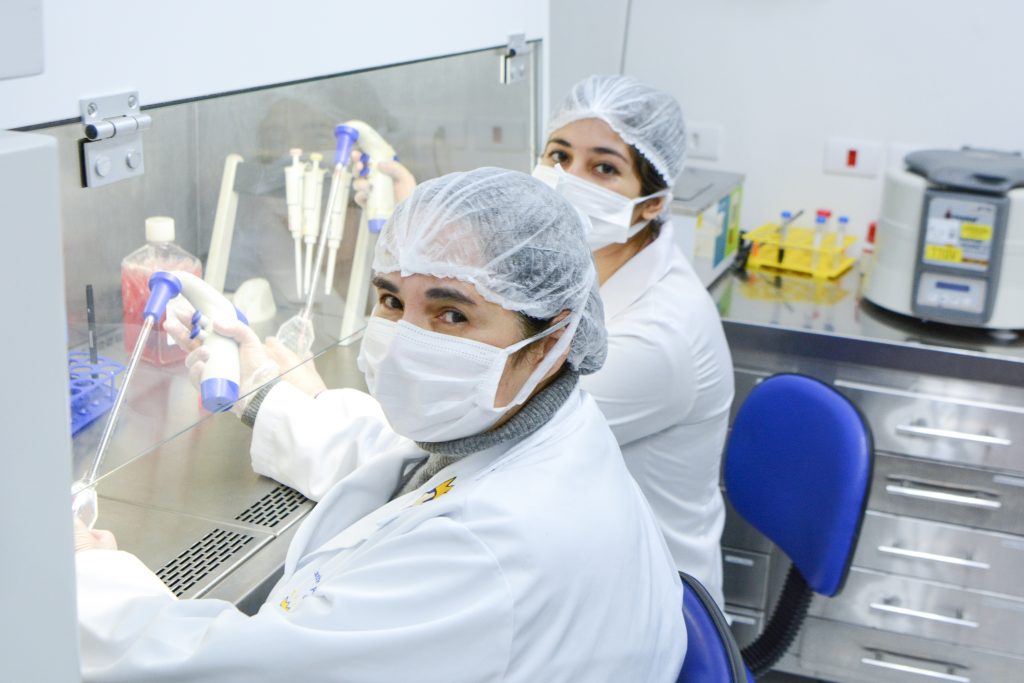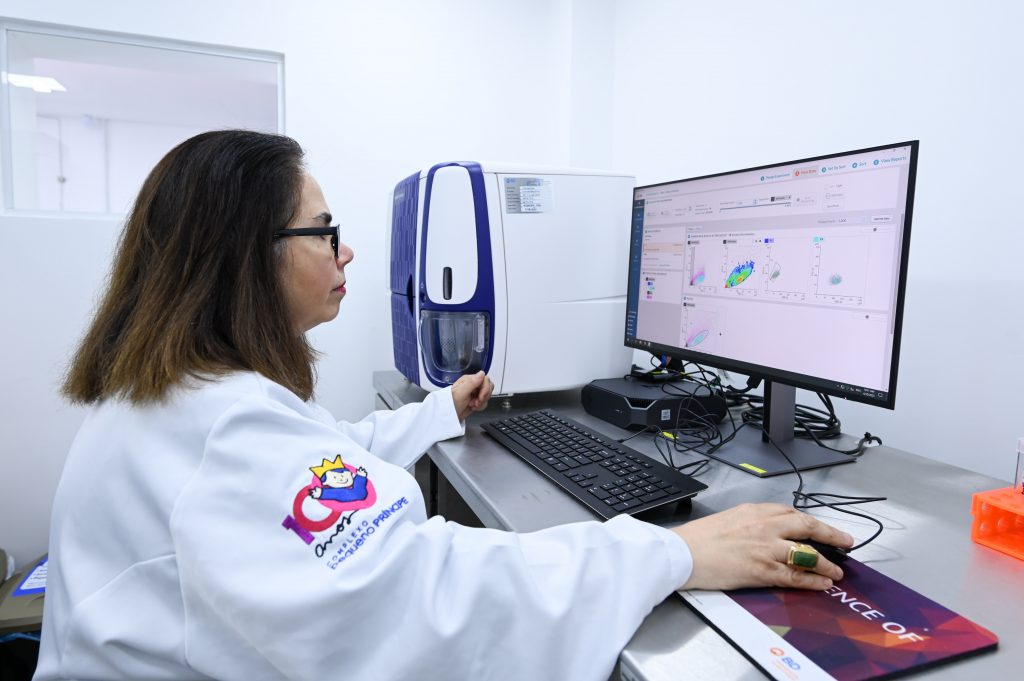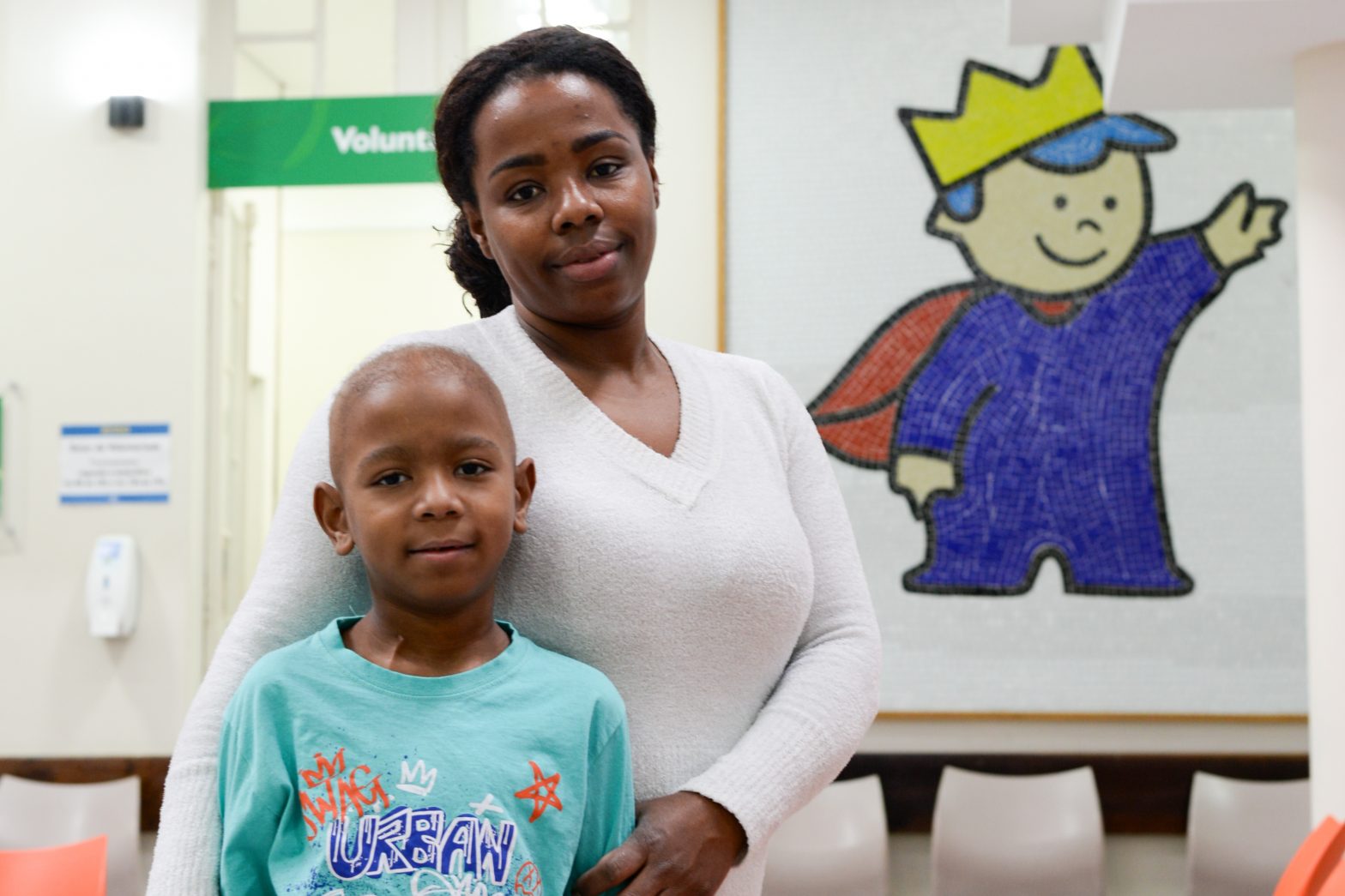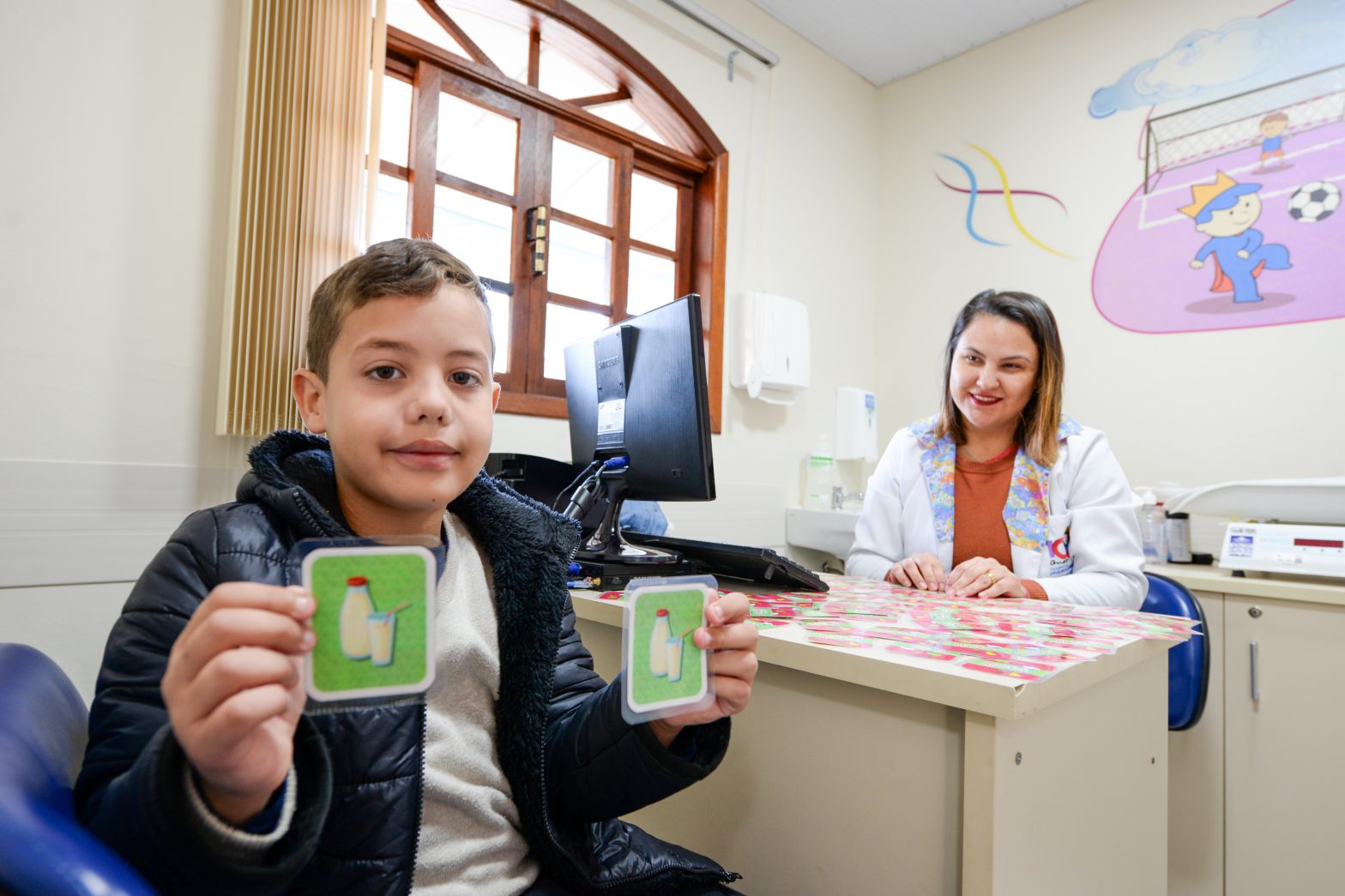Research seeks to develop new treatment for Alzheimer’s
Ranked in fifth place among the 204 registered, the project was approved by the Brazilian governmental agency Finep and will receive financing of US$ 2.06 million
The fight against Alzheimer’s disease, one of the most devastating and complex neurodegenerative conditions, has gained an important ally with the approval of an innovative project in the field of neuroscience. The Pelé Pequeno Príncipe Research Institute, through a study conducted by researcher, neurologist and pediatrician Katherine Athayde Teixeira de Carvalho, obtained approval for financing of US$ 2.06 million from the Brazilian governmental agency Finep (Financier of Studies and Projects) to develop a new therapeutic approach for this disease. The project entitled “Development of nanomedicines using microRNAs (miRNAs) from neuronal precursors for Alzheimer’s disease” was one of those selected in Finep’s recent public call, coming in fifth place among the 204 entries.
This project, which is part of the initiatives of the Advanced Therapies and Cellular Biotechnology in Regenerative Medicine Research Group, of the Pelé Pequeno Príncipe Research Institute, in collaboration with Pequeno Príncipe College, holds significant promise for advancing the treatment of Alzheimer’s disease. Researcher Katherine mentions that the main objective is to go beyond the palliative treatment of symptoms, offering an approach that can act on the genesis of the disease to regenerate or restore lost brain functions, effectively combating the progression of the disease.

A new hope
Alzheimer’s disease is characterized by the progressive loss of memory and other cognitive functions, drastically impacting the quality of life of patients and their families. To date, available therapies focus mainly on relieving symptoms, without halting the progression of neurodegeneration. In this context, the research appears as hope to change this scenario, using an approach based on epigenetics through miRNAs.
Alzheimer’s, which predominantly affects people over 65 years of age, is the most common type of dementia in the world, accounting for around 70% of cases. It is estimated that approximately 50 million people live with the disease, a number that is expected to grow in the coming years due to population aging. In Brazil, the disease affects 1.2 million people, with 100,000 new cases diagnosed annually.
The essence of the project is the development of a nanomedicine that uses miRNAs derived from human neuronal precursor cells and which will be delivered with the help of nanostructures. These miRNAs play a crucial role in regulating gene expression and have the potential to directly influence pathological processes involved in Alzheimer’s disease, such as the deposition of beta-amyloid plaques, the formation of neurofibrillary tangles and neuronal inflammation.
Despite the therapeutic potential of miRNAs, clinical application faces several challenges. One of the main obstacles is the specific and efficient delivery of these miRNAs to the brain, due to the presence of the blood-brain barrier (BBB), which protects the central nervous system and restricts the passage of many molecules. To overcome this barrier, the project relies on nanotechnology, developing delivery vectors that can transport miRNAs directly to cells affected by the disease.

The researcher highlights the importance of an innovative approach that uses nanotechnology not only to ensure the precise delivery of miRNAs to the brain, but also to maximize the effectiveness and minimize side effects of the treatment. “Therapeutics with miRNAs from human neuronal precursors allows us to act directly on the underlying cause of the disease, using nanostructures that can cross the blood-brain barrier and deliver the treatment exactly where it is needed,” she states.
The association of miRNAs and nanotechnology represents a significant advance in relation to current treatments: Advanced therapy from biologics, as current medications are limited to slowing the progression of symptoms. “With an approach focused on neuronal regeneration and the prevention of pathological processes that lead to neurodegeneration, preventing the formation of plaques and neurofibrillary tangles, the project offers new hope for millions of patients around the world,” emphasizes the scientist.
Future impacts
With financing of US$ 2.06 million from Finep, the project will be developed over 36 months. The resources will be used to cover research, development, and production costs, as well as ensuring the necessary infrastructure for pre-clinical trials and preparation for future clinical trials.
The project’s long-term vision is ambitious: In addition to creating an innovative treatment for Alzheimer’s disease, the expectation is to open doors to new therapeutic approaches in other neurodegenerative diseases. “We are developing a platform that can be adapted to other conditions, where neuronal loss is the genesis, such as Parkinson’s disease. Our goal is to offer advanced and innovative therapies for everyone, ensuring that they are available through the SUS [the Brazilian Public Health System],” says Katherine.
The collaboration between the Pelé Pequeno Príncipe Research Institute and the Federal University of Santa Catarina (UFSC, abbreviation in Portuguese), represented by professor Elenara Teixeira Lemos-Senna, is essential to the success of the project, combining expertise in neurosciences and nanotechnology.
More
Pequeno Príncipe reaches the milestone of 500 bone marrow transplants
The Hospital is a national reference in the procedure, and around 30% of transplants performed at the institution are for rare diseases
Pequeno Príncipe discusses culture of donation at the MROSC seminar
The event was part of the G20’s agenda of activities to strengthen discussions on partnerships between public administration and civil society organizations
Health education actions empower children and caregivers to self-care
Chronic patients are especially benefited by the actions, which seek to adapt the guidelines to an easy-to-understand language









